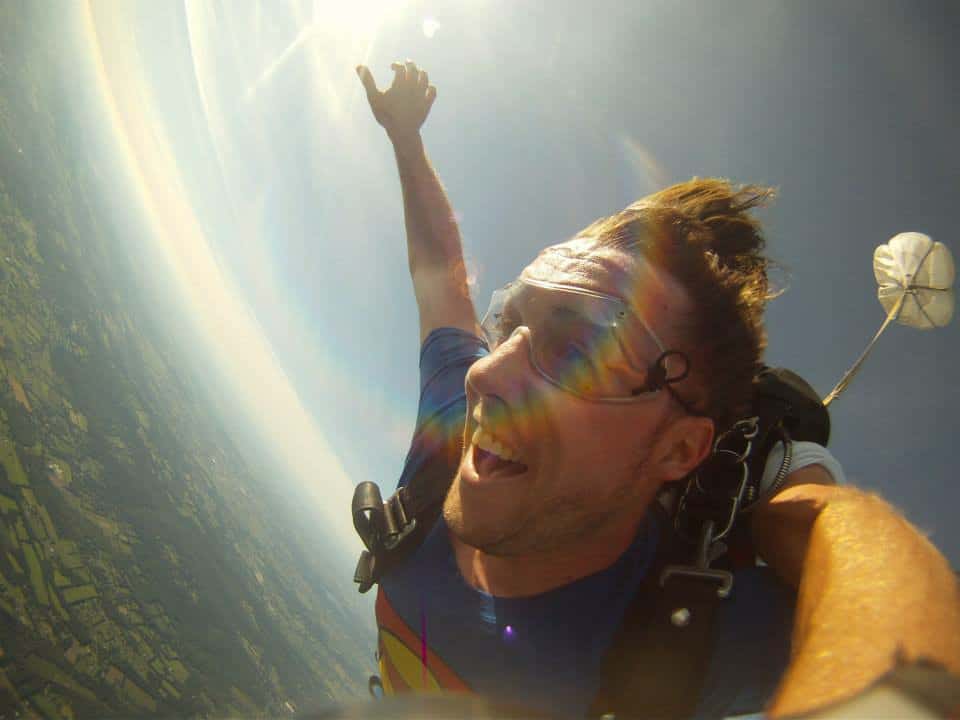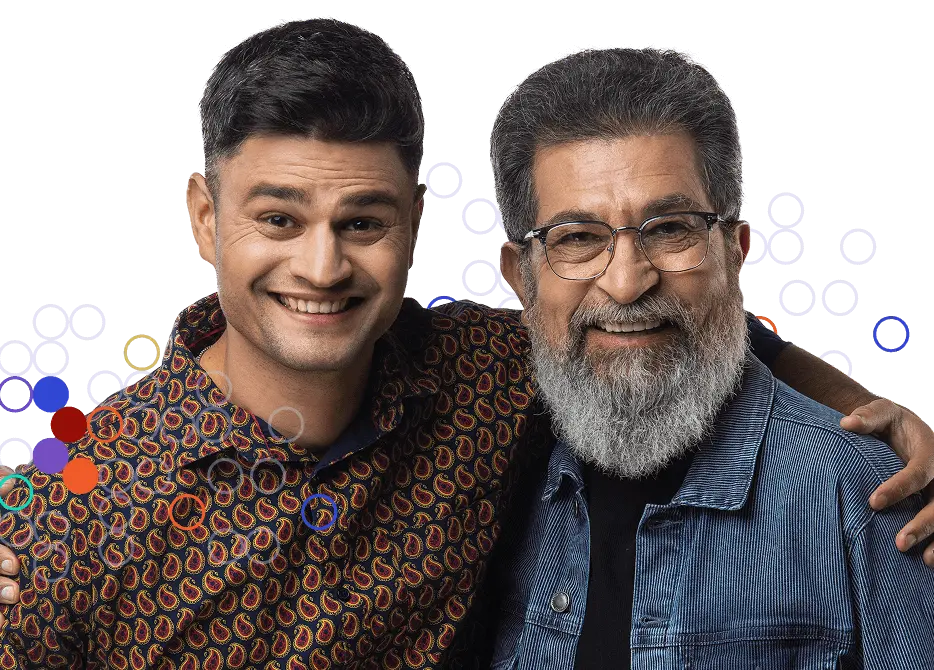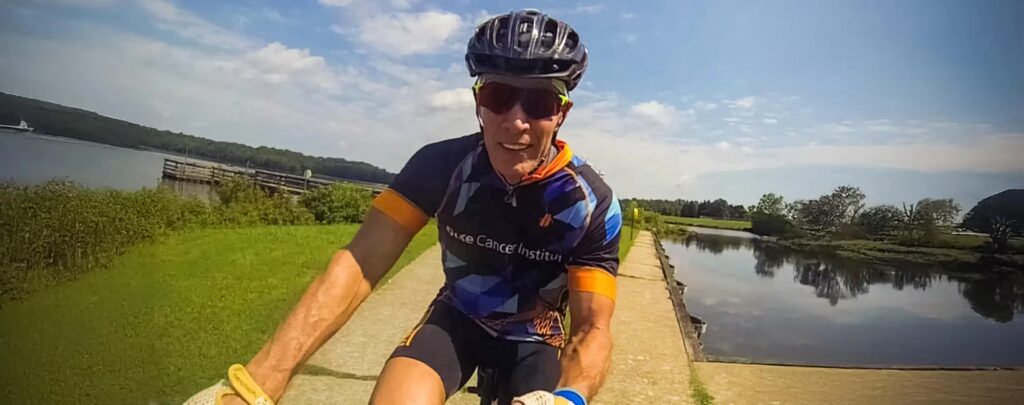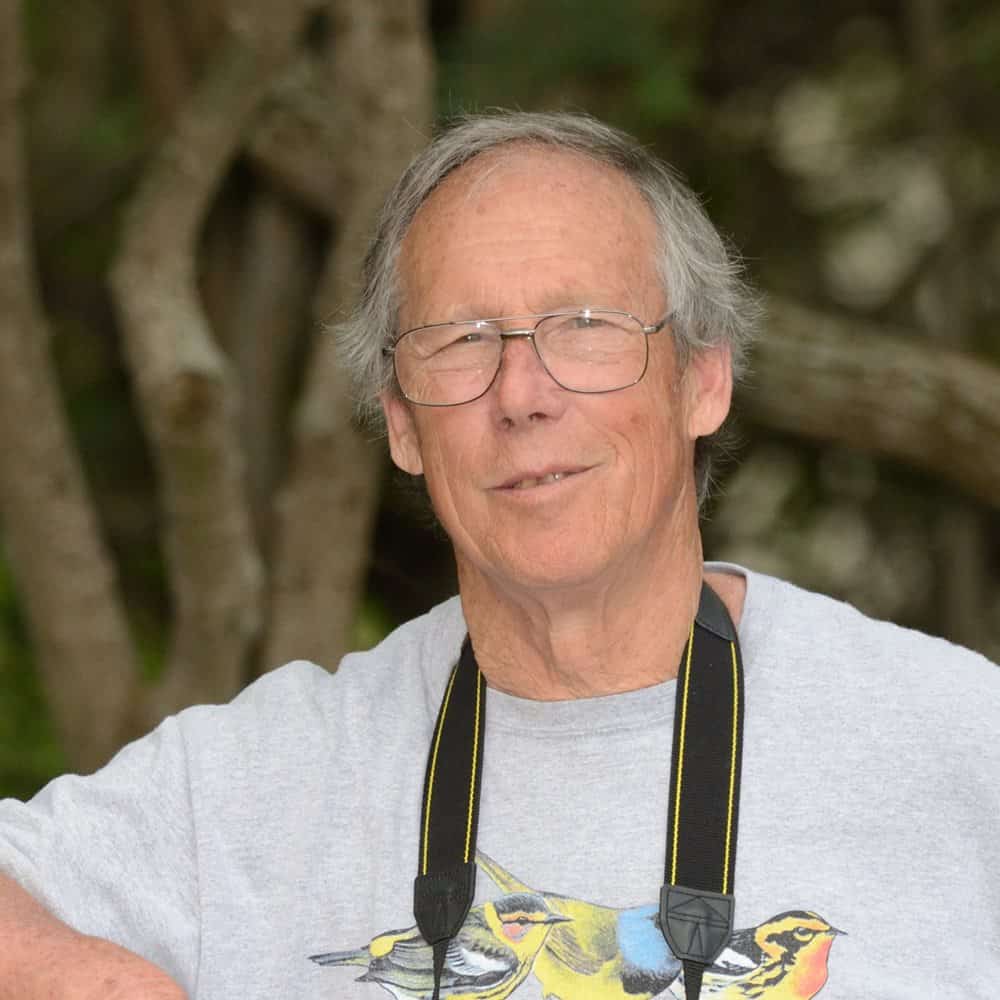After Cancer, Fulfilling Childhood Dreams
Jumping out of a plane. Ice climbing. Hiking the Grand Canyon. These are a few of the things Brendan Connors did upon turning age 30, in 2013. A former competitive swimmer, Brendan is used to rigorous physical activity. But the 32-year old New Jersey native had an additional reason for seizing life by the horns: he had successfully endured cancer treatment for metastatic melanoma, a skin cancer that claims the lives of almost 10,000 people in the United States every year.
Having adventures to look forward to, Brendan says, was crucial in helping him cope with the emotional and physical taxes of cancer treatment. In Brendan’s case, that treatment consisted of multiple surgeries followed by two separate immunotherapy clinical trials. The first trial, which took place at the National Institutes of Health (NIH), involved infusions of his own immune cells, grown to billions of copies in the lab. The second trial, which took place at Memorial Sloan Kettering Cancer Center, was a combination of two immunotherapy drugs, ipilimumab (Yervoy®) and nivolumab (Opdivo®). These two drugs belong to a class of immunotherapies called checkpoint inhibitors: by “taking the brakes off” the immune system, they enable a stronger attack against cancer. Among Brendan’s doctors at Memorial Sloan Kettering were Jedd D. Wolchok, MD, PhD, director of CRI’s clinical program; Margaret Callahan, MD, PhD, a former CRI postdoctoral fellow, and Michael Postow, MD, a CRI webinar expert.
We spoke with Brendan about his cancer diagnosis, the immunotherapy treatments he received, and the adventures he undertook after finishing his treatment.
CRI: How did you first learn you had cancer?
Brendan: I was living with my brother at the time and scratched my back one day over a mole and it bled. I remember my brother asking me “What is that?” I said, “I have no idea, but it doesn’t look good!”
In May of 2010, I went to the doctors and had a biopsy, which showed the mole was precancerous. I ended up having a full surgery in June, as well as two minor lymph node dissections on the right and left side underneath my armpit. Later that summer I had a PET scan, which revealed my lymph nodes were all clear. Then around November I had another PET scan which showed metastatic melanoma. There was a tumor in my left shoulder area and armpit, as well as in my right femur. So that’s the beginning of the story.
CRI: What did you do then?
Brendan: I went to see Dr. Mario Sznol at Yale and explored some treatment options with him. He recommended a clinical trial at the NIH involving IL-2 and my own immune cells. After going through the interview process at NIH, I was deemed a perfect candidate: I was young, I didn’t smoke, I hadn’t had cancer in the past, and I didn’t have a history of melanoma in my family. I was slotted to start treatment right after Christmas of 2010.
CRI: What was involved in the NIH study?
Brendan: I first had surgery to remove the tumor on my left side. Then the team used the cells from the surgery to grow billions of cancer-fighting immune cells in the lab. About two weeks later, I had around 50 billion of these cells infused into me to fight the cancer. The next step was to start the IL-2 process. The immune cells use the IL-2 to continue to grow in the body and fight the cancer.
CRI: What was the IL-2 therapy like?
Brendan: There is a scene in the movie The Fighter where Dicky Eklund, played by Christian Bale, is being weaned off cocaine and he’s locked up in a jail cell and freaking out and can’t control himself….That was basically like going through IL-2.
CRI: What response did you have to the treatment?
Brendan: Between January and July, I went back four times to the NIH for check-ups, and each trip showed that the cancer was getting smaller and smaller in the shoulder, and the femur was cancer free. In July, the scan showed an enlargement in the left shoulder area. Once that happened, there was nothing else that the NIH could do. They directed me back to Dr. Sznol, at which point he recommended a clinical trial with Dr. Jedd Wolchok at Sloan Kettering. I started at Sloan in September of 2011 on another clinical trial. This is the one where they paired ipilimumab with nivolumab.
CRI: What was the trial at Sloan Kettering like?
Brendan: I went there every six weeks for treatment. I showed a great response to the combination, and the cancer around my left shoulder was getting progressively smaller—but only in very, very small increments. So in June of 2012, I went in for another surgery and they cut out the remaining cancer.
CRI: Did you have any side effects?
Brendan: I had a reaction around Labor Day. I broke out in what looked like hives all over my neck and upper back. I ended up having to go into the emergency room to receive a steroid to counteract the reaction I was having. At my next appointment with my doctors, we had a conversation about whether I still needed to be on the drugs since there was no more visible cancer. We made the decision that I didn’t need to be, so my last treatment was September 2012!
CRI: What were you thinking as they were telling you that the immunotherapy was working?
Brendan: I was grateful to God, the scientists, the researchers, and all the doctors and nurses, first of all, as well as to my big Irish family and all my friends from all corners of my life for their huge support throughout.
CRI: How often do you go back for follow-up visits?
Brendan: I go back every six months for scans, which hopefully will continue to get pushed out longer with time. I was just at Sloan a couple of weeks ago and received the news that everything is good. My next check-up is in December now.
CRI: Are you back to your normal life?
Brendan: I tried to stay as normal as I possibly could from the minute I found out in November of 2010 to now. When I found out about the cancer, I didn’t tell a lot of people because I didn’t want other people to worry, or change what they were doing. My mindset was that I was going to be fine; this isn’t a big deal.
I remember one treatment that I had at Sloan. When it was done, I left and played a beach volleyball game that night. Why? Just because I didn’t want people asking, “How come you couldn’t come to the game?” I wanted and needed to keep that sense of normalcy.
CRI: What helped you keep that positive attitude?
Brendan: I decided, while I was down at NIH, to do all those things that I wanted to do when I was a kid. So on my champagne birthday, my 28th, I went and bought myself a Jeep Wrangler. I walked into the dealership, and I said, “Who wants to sell me a Wrangler? Because I’m driving off the lot with one!” I also always wanted a jet ski. So I ended up buying a jet ski and convinced my best friend to buy one with me, too!
The third thing that I did was make a list, ‘30 in 30.’ A lot of it was traveling and adventure activities. With the help of my girlfriend, I completed all 30 things in those 365 days! Having those things in mind kept me motivated through all the scans and endless blood tests.
CRI: What were some of the 30 things that you did when you turned 30?
Brendan: Ice climbing. Skydiving. Wine tasting in Napa. Drove down the California Coast from San Francisco to Los Angeles. Hiked the Hollywood Sign. Visited all the rims of Grand Canyon and hiked down and camped at the West Rim. Took a helicopter ride out of the Grand Canyon. Laid in between the four corners—Colorado, Utah, New Mexico, and Arizona. Went off-roading in the Rockies. White water rafting on the Arkansas River. Ran a half marathon. Learned to snowboard. Rock climbed in Garden of the Gods.
CRI: What would you want another patient to know about immunotherapy or about participating in a clinical trial?
Brendan: Participating in these clinical trials saved my life. If you’re doing one of these trials and you’re at one of these prestigious locations, they obviously know what they’re doing and have your best interest in mind. They eat, breathe, and sleep immunotherapy. I wasn’t a number or statistic to them. I was Brendan Connors. So I would say stay positive, and ask the questions that you’re afraid to hear the answers to. It’s your life.




